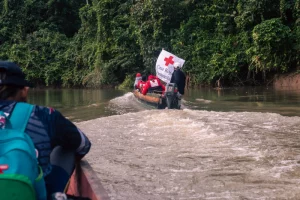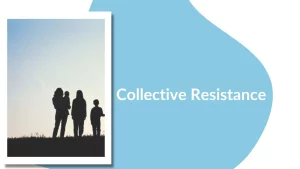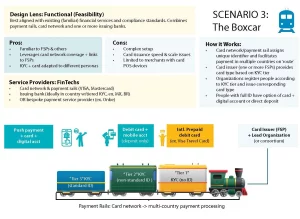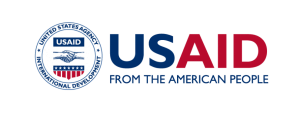Mapping a Route-Based Approach to CVA: Feasibility in select contexts in the Americas
Human mobility patterns are complex and ever-changing, and they are influenced by a variety of factors. To respond to the variable needs of people on the move effectively, CVA must be designed considering the full spectrum of human mobility and be flexible enough to adapt to the changing nature of human mobility.
“I really believe that in Latin America, we have all the systems, at least in each country, to distribute money in many different ways. But there is always the problem of accessibility by the recipients, which is going to always be a problem. And especially when we look at the route approach, we have the challenge of people traveling without documentation … Also, from the side of the financial service provider, they need to comply… and this compliance always comes with a lot of restrictions on behalf of the recipient.” – KII H02.
The purpose of this research is to explore the necessary systems, actions, and tools that could in the future enable humanitarian stakeholders implementing CVA in the Americas to use a route-based approach in contexts of human mobility. It explores the feasibility of using a route-based approach when designing CVA programming to respond to the needs of people on the move.
The route-based approach is conceptualized through the IDEO’s framework, which includes three perspectives: People on the move, humanitarian organizations, and financial services.

This publication is characterized by:
- A focus on the journey, rather than the destination.
- An implicit consideration of the range in human mobility—types of people, nationalities, genders, abilities, and capitals, including motility.
Key Resources
This document summarizes the main findings from the study. The document lays out the current scenarios of what is a route-based approach and the potential for its use in CVA in the Americas. It then presents the perspectives of three key actors: people on the move, humanitarian organizations, and FSP. The journey ends with suggestions on elements that can contribute to the use of a route-based response using CVA in the Americas.
What better way to understand the needs of the people we serve than hearing directly from them? In these three stories, CVA recipients who are on the move in South America, express their experiences with CVA.
 Listen to the Story
Listen to the Story

Listen to the Story

Listen to the Story
The following scenarios provide examples of how combinations of elements might be arranged differently to achieve a route-based approach to favor the interests and capacities of a variety of stakeholders.




This study is made possible by the generous support of the American people through the United States Agency for International Development (USAID). The contents are the responsibility of the CALP Network and do not necessarily reflect the views of USAID or the United States Government.



